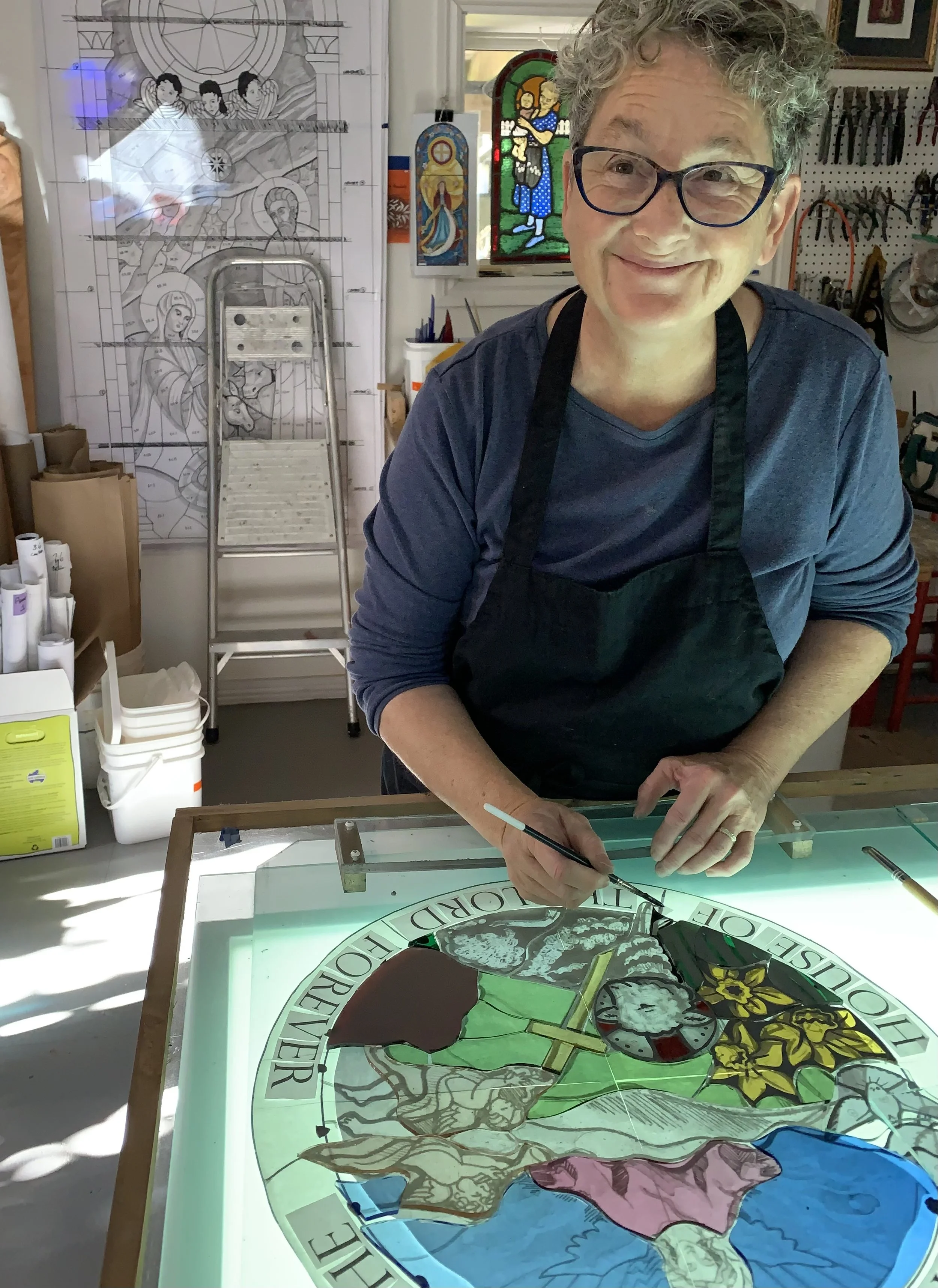A Captured Experience: On craft, time and technology
Glenn Adamson is a Brooklyn-based writer, curator and historian of craft. His publications, curatorial work and other craft-related endeavours consider craft and its contexts, associations and implications. It’s an approach that allows for craft narratives — about makers, objects, media, geographies, processes, temporalities — to be imbued with revelatory analyses of human-object relations. Adamson’s work possesses a rare cautious optimism. While he does not whitewash or omit western craft’s contentious histories, his writing contains a hopefulness that, through acknowledging craft histories and critically engaging with material culture, maintains “we can form a bridge that emphasizes shared experience: a greater awareness of the things we hold in common” (emphasis added). I spoke with Adamson about rhythm, the quotidian and gatekeeping, and our conversation took place online — he was in New York City, while I was in Toronto.
Glenn Adamson, COURTESY OF JOHN MICHAEL KOHLER ARTS CENTRE.
Nehal El-Hadi
What comes to mind for you when we examine the role of the familiar in craft?
Glenn Adamson
I suppose two things. One would be the familiarity of the craftsperson with the materials and tools that they use. So that’s where we would think about tacit knowledge built over a long period of time, so it becomes familiar. And one of the things that I think is very significant about that, is that things that feel like second nature to the craftsperson can seem quite wondrous or magical from the outside. There can be a really strong disparity between the familiar and the extraordinary, depending on whether you’re the maker or the observer. It’s what Alfred Gell talks about, in “The Technology of Enchantment and the Enchantment of Technology,” that asymmetry of knowledge or awareness that skill involves. It’s a very good way of understanding what skill is: the inhabitation of something to the point that it becomes familiar.
And the other thing would be the familiarity of objects in use. This is obviously not only a craft thing, because you can have mass-produced objects that have that familiarity. But I do think that craft lays down a pathway to create bonds between objects and people. There’s a way that the handmade-ness of objects creates a readiness to be embraced into an everyday framework. I helped on an exhibition at the Victoria and Albert Museum called “Out of the Ordinary,” and I wrote an essay for the catalogue called “The spectacle of the everyday.” The idea of the quotidien would be another way of framing the familiar — craft often does inhabit that quotidian domain. It doesn’t have to, obviously, because you also have luxury objects, artworks and other self-consciously unusual, extraordinary things that are crafted.
NE
Temporality strikes me as a significant point when talking about craft and familiarity.
GA
There’s a couple of ways of thinking about temporality: one is about aesthetics and experience, and the other is about economics.
One really obvious way would be to think about rhythm, and the way that the making process generates its own rhythm, whether it’s hammering metal, or the shuttling of the loom. Each craft has its own rhythm, and it is embedded in the object and can actually be felt as an inbuilt temporality. It’s like a captured temporal experience — that’s a very satisfying aesthetic way of thinking about it.
There’s also the way that craft inhabits somebody’s biography. It’s something that you have to commit years to. And in that way, there’s a sense in which craft exists outside of immediate profit. Capitalism has its own temporality and its own inbuilt mechanisms of time investment return. And because craft is so anchored in the body and the life experience of the maker, it tends to be very resistant to that logic. It’s often very difficult to know how to value craftspeople’s time, because they might have spent 10 years learning how to do something, but they could actually do it for you in half an hour. So that relationship between time, skill and economic footprint is quite complicated and often very controversial in craft.
This article is an excerpt and and is available in full in the Spring/Summer 2022 issue of Studio Magazine.








